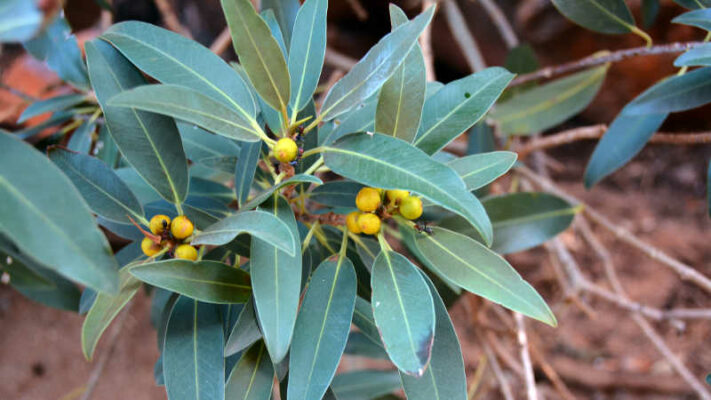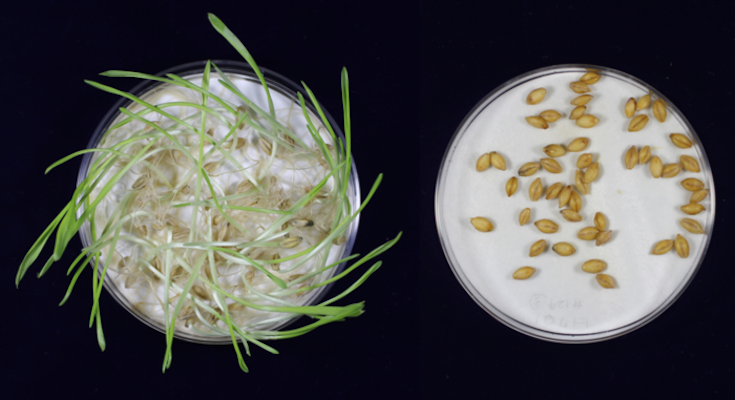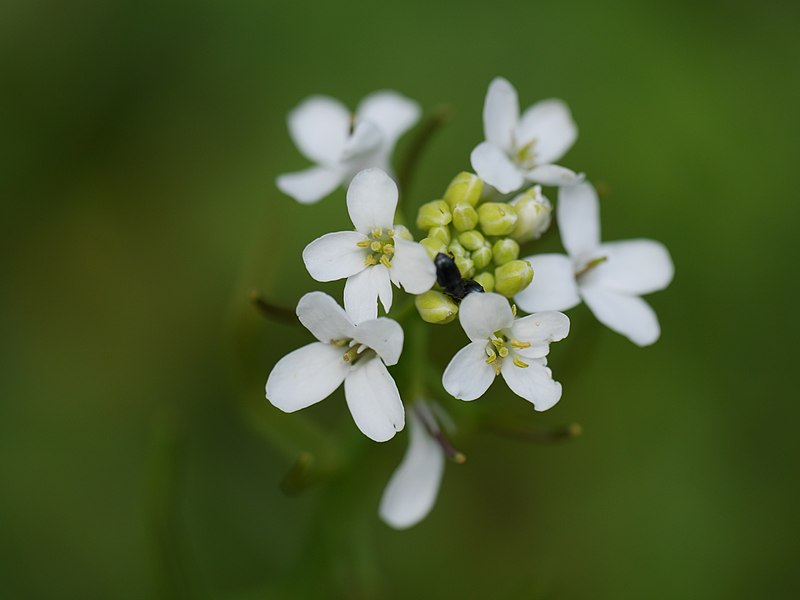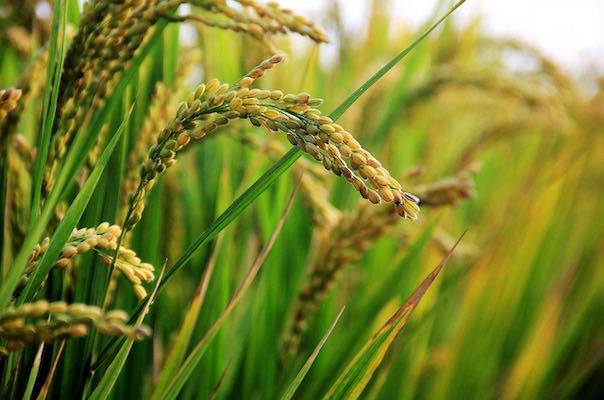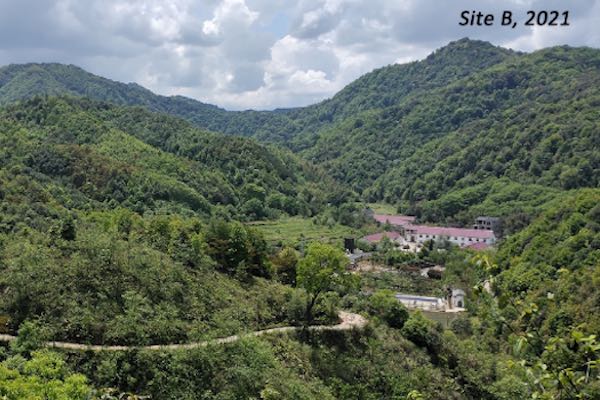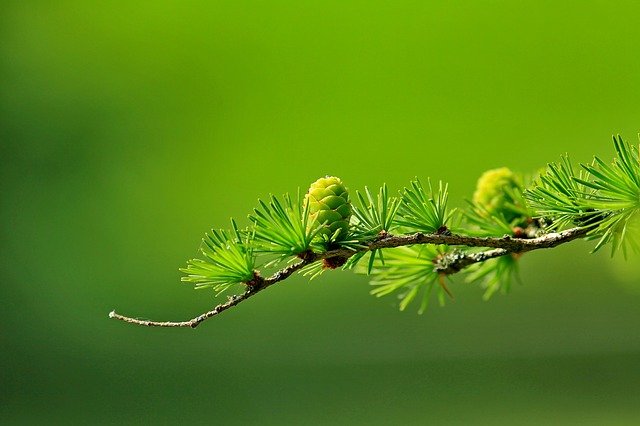
Photosystem II is a protein in plants, algae and cyanobacteria that uses sunlight to break water down into its atomic components, unlocking hydrogen and oxygen. A longstanding question about this process is how water molecules are funneled into the center of…
Read More




